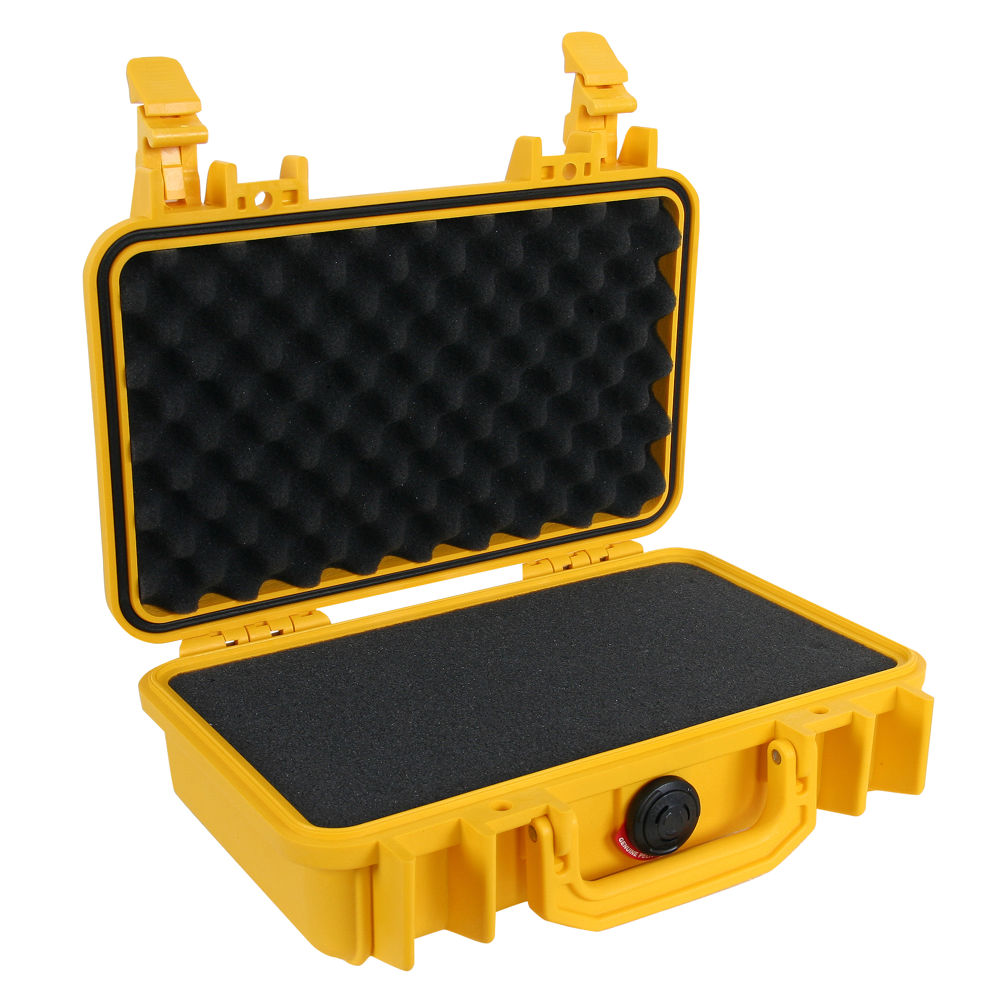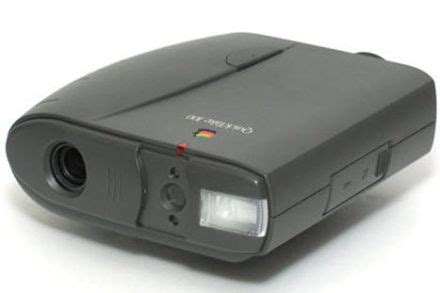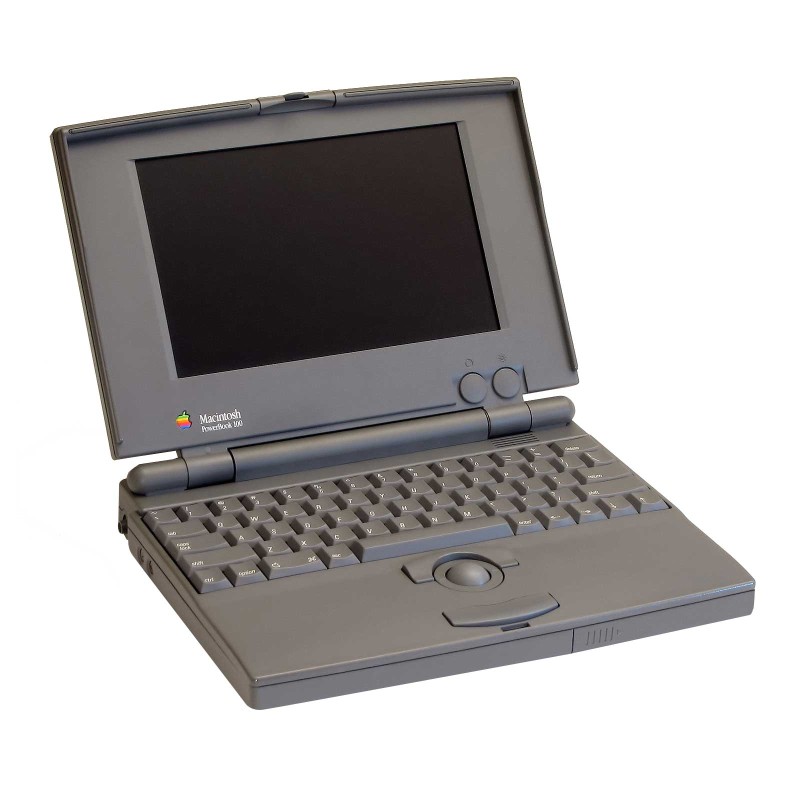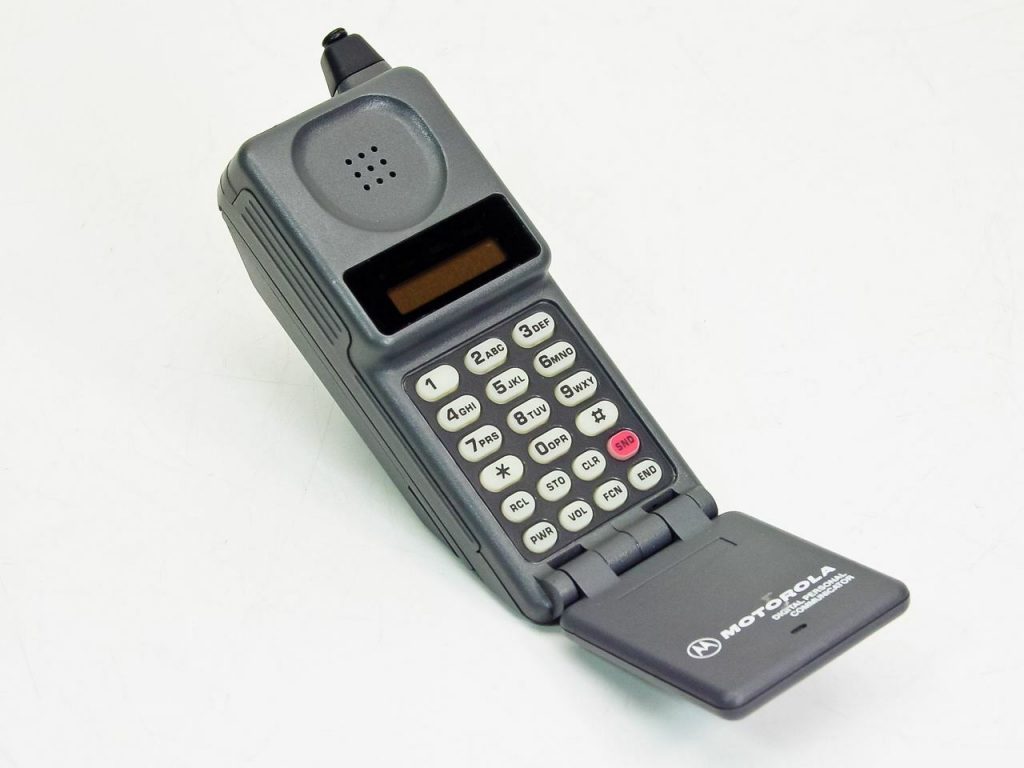In the early 90’s, I was working at a computers reseller as a system engineer. One of our sales rep approach me to test a “Spy Box”. What the heck is a spy box I asked him. Essentially, one of his client, a Canadian 4 letter security agency, wanted the ability to take a picture and upload it over a modemt to their HQ. Ok, I get it… Their spies wanted to be able to send back pictures in minutes, instead of days.
You’ll probably be laughing right now since most smart phones does this very elegantly today, but in 1993, it was a small challenge. So, I assembled the parts and tried to make it work:
1) Pelican box to hold the equipment.  The Pellican box was simply used to store everything in a rugged box, that’s why they coined it the “Spy Box”. I would just cut-out the foam to match the profile of the part to be stored in the box.
The Pellican box was simply used to store everything in a rugged box, that’s why they coined it the “Spy Box”. I would just cut-out the foam to match the profile of the part to be stored in the box.
2) Apple QuickTake 100 digital camera
 In 1993, the Apple QuickTake was a really cool product. It took digital pictures at 640×480 pixels and storage the image on a mini floppy disk. The only problem with this product was that it went thru Batteries in minutes. Unfortunately, this product was expensive ($+1000) and not very popular because of that. Today, you can buy an iPhone for that amount and get 40 times the resolution and unlimited functionality.
In 1993, the Apple QuickTake was a really cool product. It took digital pictures at 640×480 pixels and storage the image on a mini floppy disk. The only problem with this product was that it went thru Batteries in minutes. Unfortunately, this product was expensive ($+1000) and not very popular because of that. Today, you can buy an iPhone for that amount and get 40 times the resolution and unlimited functionality.
3) Apple Powerbook 100 laptop 
In the early 90’s Apple offered a trio of Laptops, the 100 model was the smallest, came with a Black&White LED screen, no not even grey-scale, just B&W, so the graphics looked like the original Macintosh 128k. The best feature of this laptop was that it had the longest battery life over the other larger, more expensive models. The idea was to equip this laptop with a modem chip (28.8 kbps) and connect the laptop to the Cell phone using a Motorola serial cables.
4) Motorola Grey FlipPhone 
This Motorola grey Flip-Phone was an analog cell phone, was indestructible and had a stupendous battery life of about 1 week. Everyone who owned a cell phone in the 90’s owned one of these. I had a plug port at its bottom for charging, and serial cables connectivity.
5) Results
What kind of images could you take with a QuickTake 100? Well, at 640×480 pixels /8, you couldn’t take high resolution pictures. A typical QuickTake image looks like this:

For the purpose of doing spy work, the image quality might pass the mustard. but the Quicktake camera was bulky and difficult to conceal.. The problem wasn’t really the image quality, or the image size, but the capability to send this image file at 28.8kbps over a modem on a cellular network. Yeah, “digital” channels on cell phone network didn’t exist then, you had to modulate a digital signal over an analogue connection, just like the early days of connecting to the internet using a modem.
I began my tests by setting up a server, connected to a 28.8 Motorola Courrier modem and a regular analogue phone lines. Then I took sample pictures, imported them on the Powerbook 100 laptops, and used a software called Z-Modem to call my server modem using the Powerbook 100 connected to the Motorola cell phone.
Problems encountered
The very first noticeable problems was that 28.8 kbps modem handshake was not possible due to cell noise and other various variables. The best speed the 2 modems could handshake to was 19.2 kbps and sometimes it dropped to 14.4 kbps.
A 1 Megabyte Image file would take over 5-7 minutes to transfer time using the Z protocol which had the ability to resume if the connection dropped. 1 Meg was the typical file size for a 640×480 image at 8 bit color per pixel. That wasn’t great, but worked 95% of the time.
The downfall was that you had to be near a cell tower to minimize signal noise and allow the modem to perform its transfer without any interruption.
Success?
I wrote down my report and gave the “Spy Box” back to our sales rep and never heard from it again. I have no idea if that 4 letter agency adopted this prototype or not, but at that time, it was probably the best solution available for that price range. The better alternative would have been to take pictures on a Polaroid and send it to the destination. I guess if time was a factor, this solution wasn’t bad.
If I had to do this again, I would probably try to used the Powerbook 100 to connect to the internet, and used FTP to upload the image to a server. I guess the speed would not have been much better, but it would have simplifying the steps slightly.
I hope you enjoyed my little spy story.
Cheers and beers.

